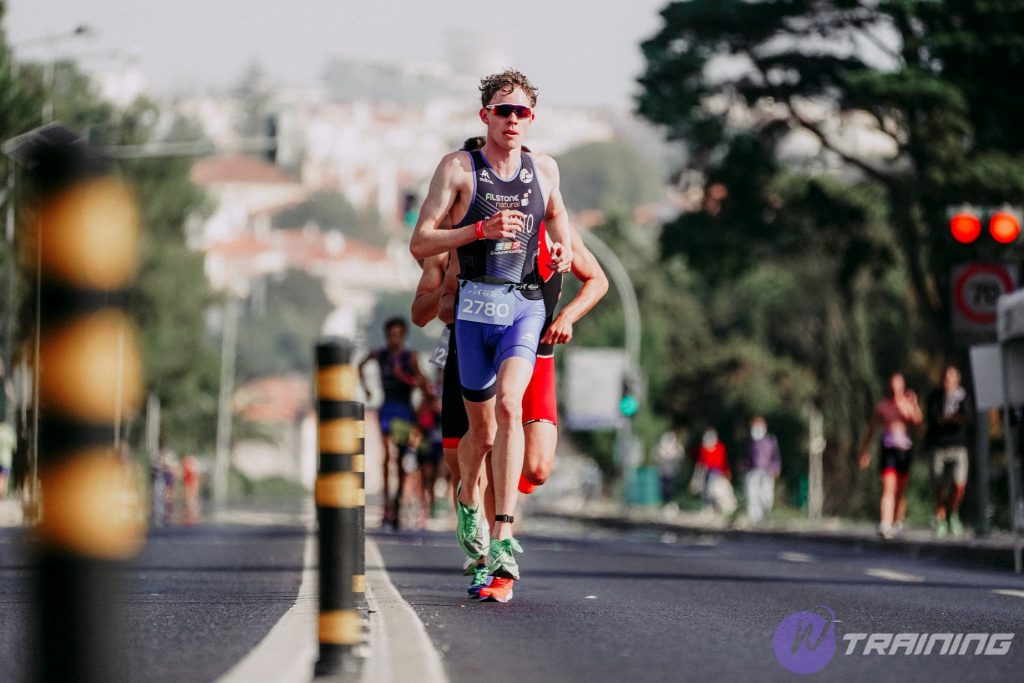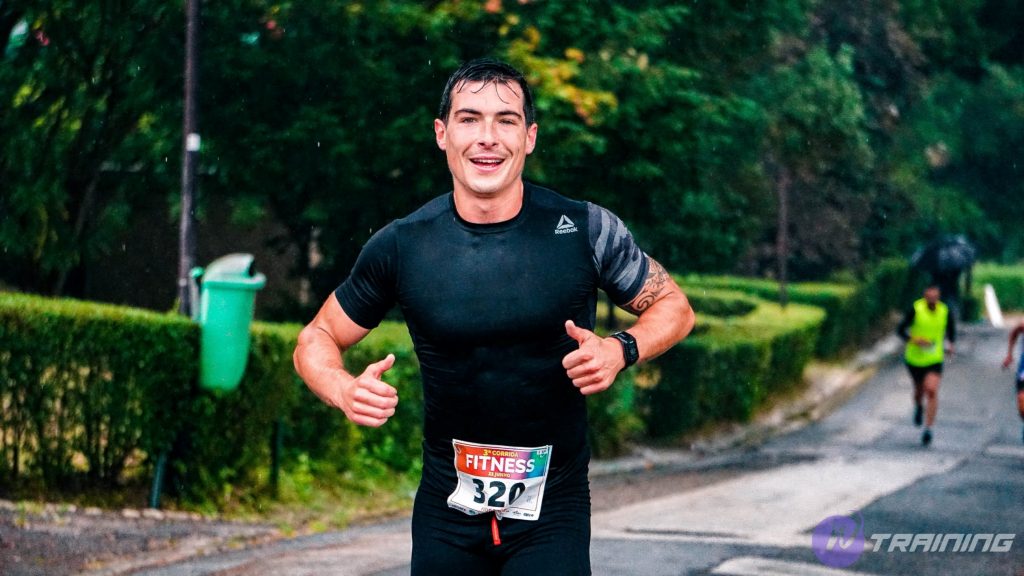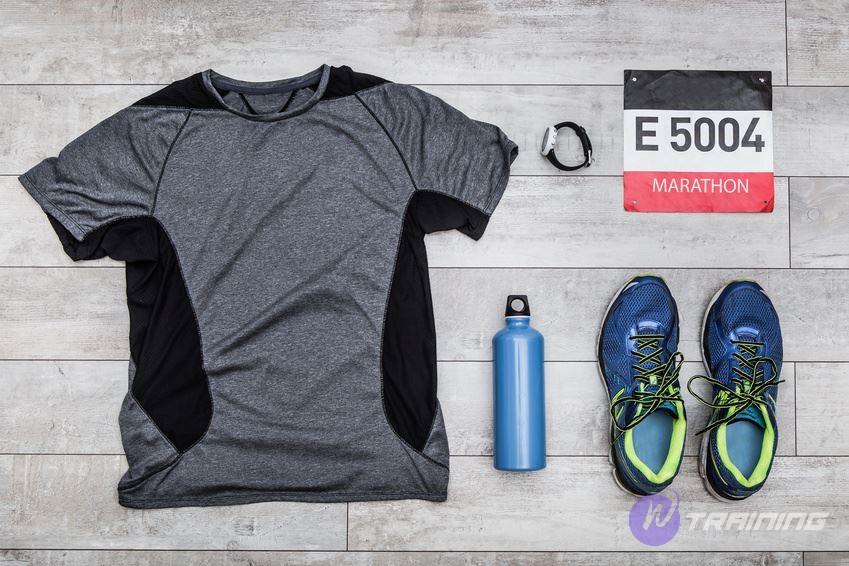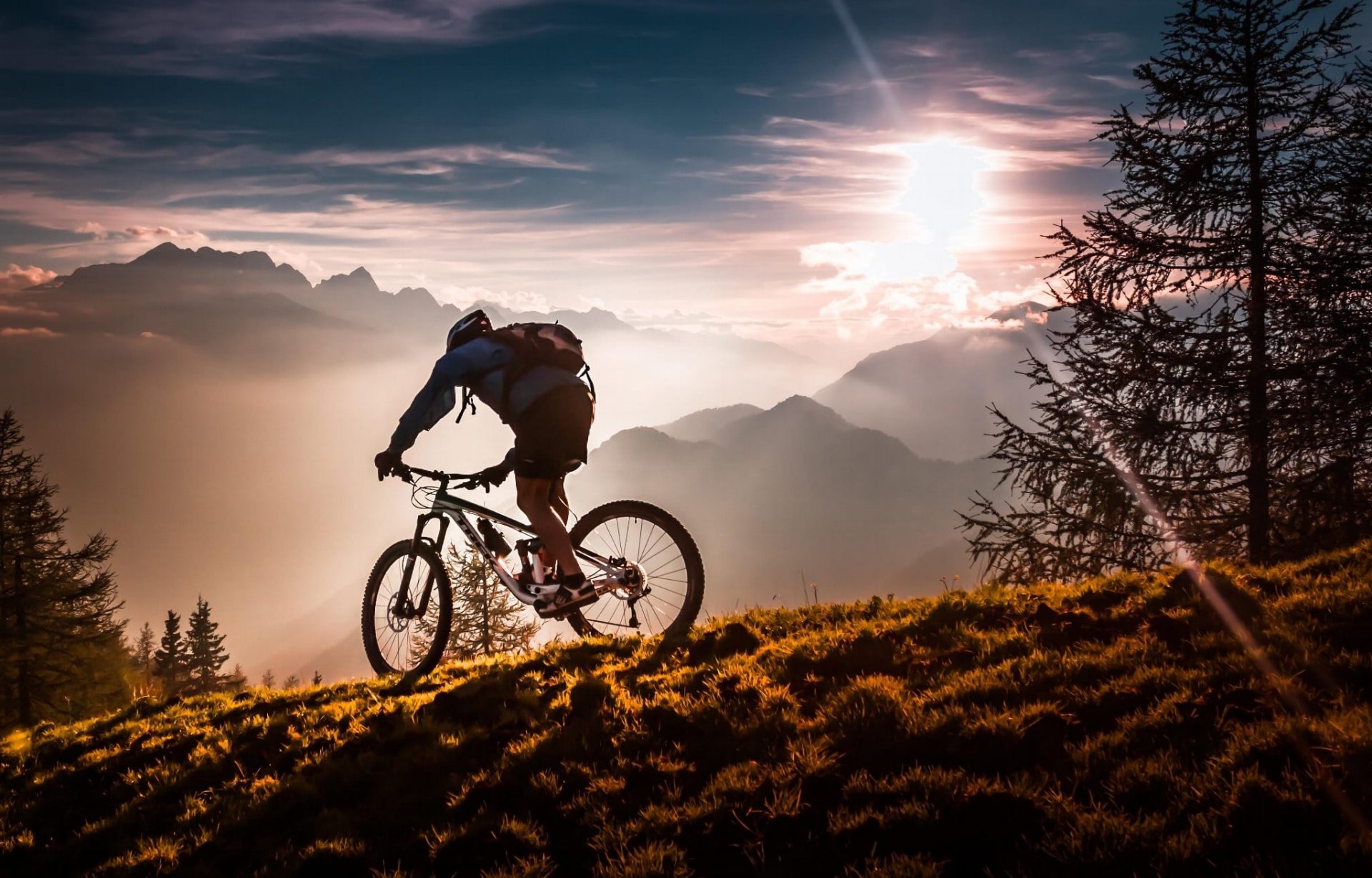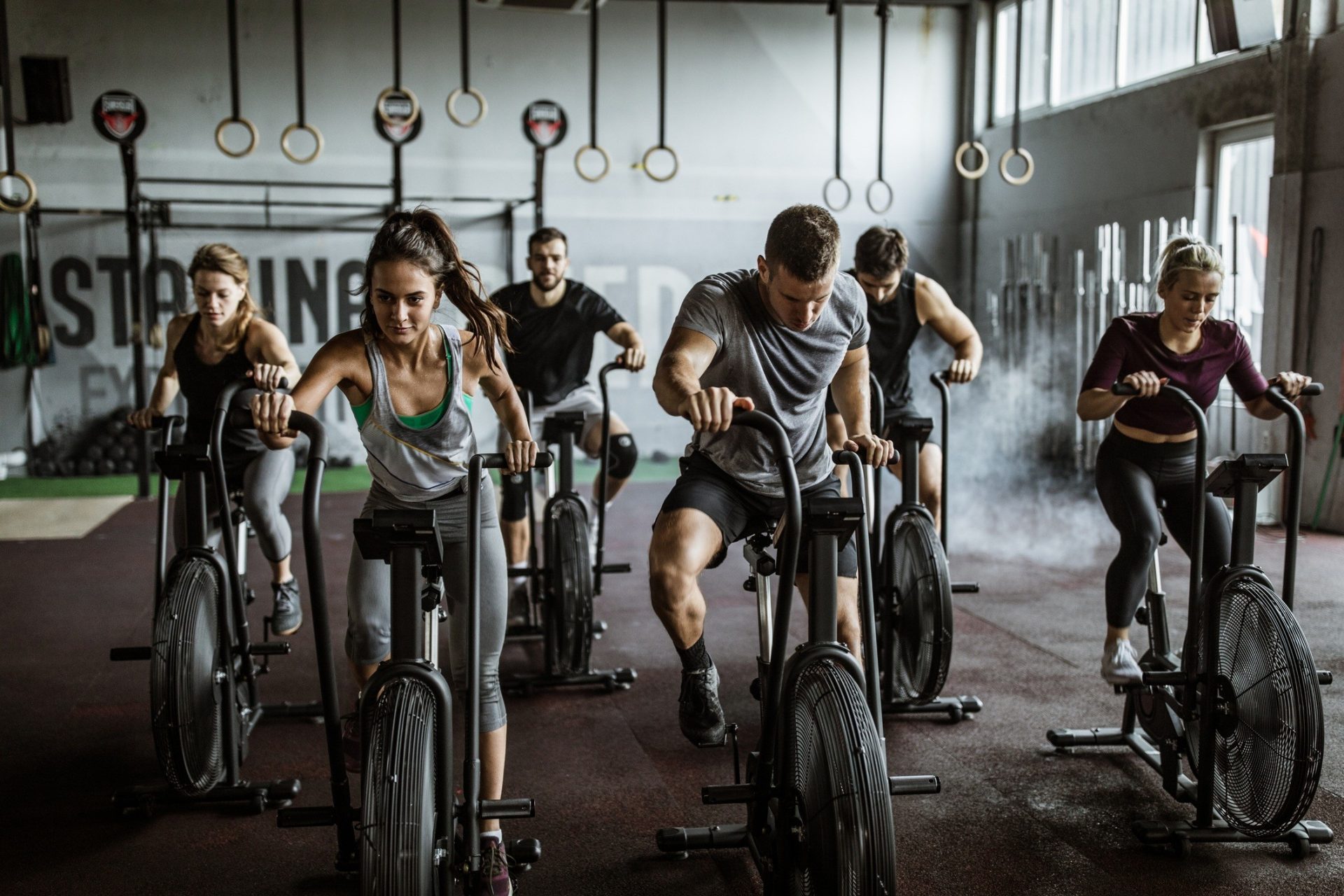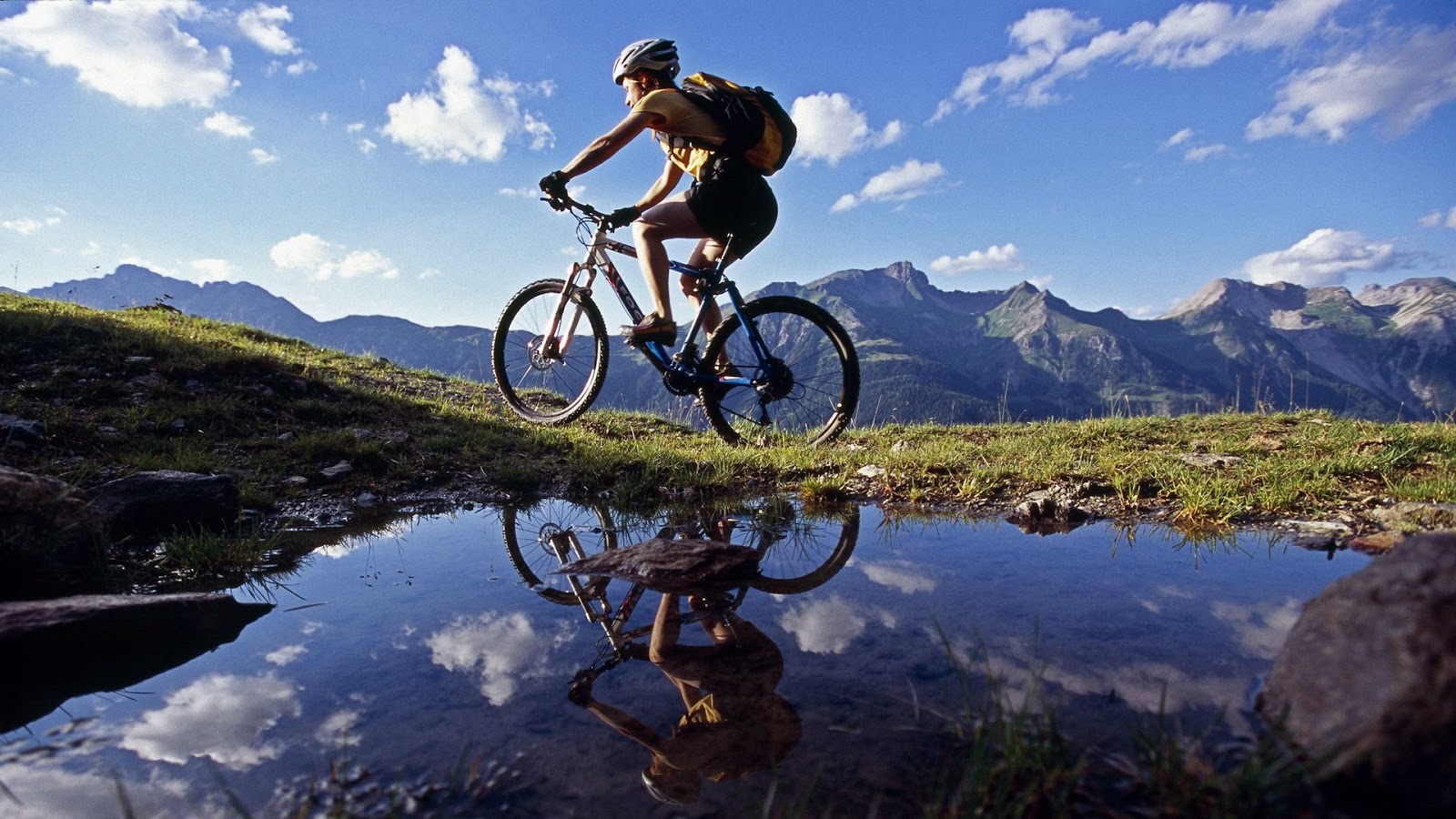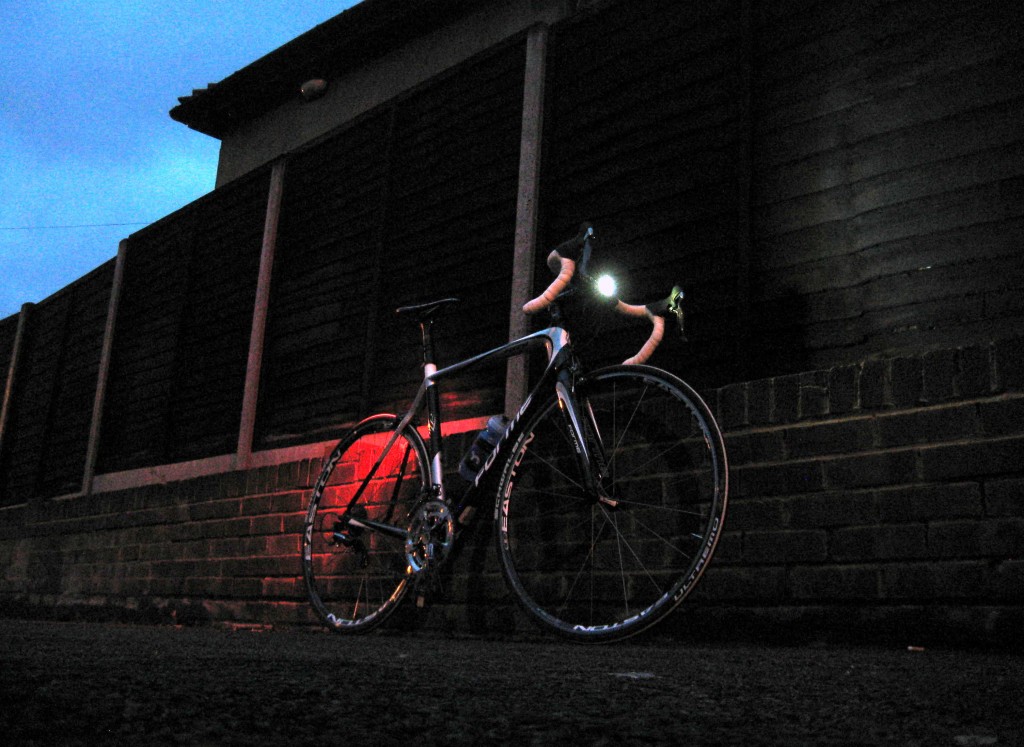In sports, what you wear can also be a deciding factor, especially on endurance tracks like marathons. Join us to consider what is the right marathon clothing that you need.
Factors to consider when buying marathon clothing
1. Moisture/Sweat resistance
Just a few years ago, most people were sweating, but today upper and lower compression is the norm. In fact, there are no studies to determine whether compressed clothing improves performance. However, you should wear what makes you feel most comfortable.
According to the running specialist, sweat-absorbent or compact clothing is secondary to a reliable and comfortable hygroscopic bodysuit that has an innate and thick cooling effect, especially for shirts.
2. Newer is not really better
It is suggested that you should not wear new clothes for marathons. Since the marathon is a long-distance race, you can not be sure that new clothing will not cause unpleasant surprises. This is certainly true of running shoes. The advice is: “Running at least once or twice before a marathon, perhaps also a test race over longer distances.”
3. Keep marathon clothing light
In general, you should not carry lots of things during the marathon. However, salt tablets or gels are absolutely necessary. If you want to carry them with you, put them in a flexible and lightweight running belt. Or if you want to hold keys or a phone, pants and shorts with zip pockets can help you. Try to simplify all the things you need.
Read more: Essential Running Gear List That You Need for Training
4. Protect yourself from injury and chapping
- Do not be shy. Use Vaseline, sports ointment or talc powder when needed
- Use a bandage or patch on the open wound
- Avoid ice with special sports tape
- In general, functional clothing better prevents chipping than cotton
- Women should wear a sports bra for extra support
5. Marathon clothing should be suitable for all-weather
When choosing what to wear for a marathon, it is important to adapt to the weather.
- Cold weather
A running jacket is only required during strong winds or rain. Make sure you dress in layers so you can take off your jacket if needed. Not to tie your jacket around your waist. It’s the extra weight, and you’ll feel like you’re pinched.
- Hot weather
On a hot day, you must “stay cool for as long as possible by taking a cold bath, for example.” Take note of the following to protect yourself:
-
- Wear tight clothing to warm the body. In hot weather, wear loose-fitting.
- Apply sunscreen!
- Specialized stores also offer running sunglasses. They are exceptionally light and non-slip.
Tips for choosing marathon clothing
1. Things to protect your head
The right hats are important! Suitable hats are that can protect you in both hot and cold weather. They must:
- be comfortable to wear for long durations
- be breathable to keep your head cool during intense exercise in the heat
- protect the top of your head from the sun’s harmful UV rays (sorry no large meshed caps here)
- be moisture-wicking to prevent sweat from dripping down your face
- be lightweight
- look good when worn forwards or backward.
- be durable to take a heavy trail beating
2. Clothes
Running specific clothes are lightweight and designed to move with your body. Seams are placed in areas to enhance movement and where they are less likely to chafe. Also, many running-specific clothes are reflective so that you stay safe when running in the dark.
In addition, women should make sure they’re wearing a good, supportive sports bra designed for running or other high-impact activities. Try it on and test it out by running in place and jumping up and down. Your sports bra should fit properly and not be too stretched out.
Furthermore, you need to take care of these features:
- Compression
Some running socks, tights, and tops are made out of compression fabric. Compression gear may help to speed recovery after your run and many people prefer the feeling of support they get when they wear it.
- Pockets
If you don’t want to carry a pack when you run, look for jackets, tights, capris, and other gear with pockets. Many pockets are specifically designed to accommodate a phone or small items like a key or credit card.
- Thumbhole
Many tops and jackets incorporate a thumbhole in the sleeve to increase hand coverage during cold-weather runs.
- Sun protection
Some running gear is specifically designed to protect your skin from the sun. In addition to wearing a hat and sunscreen, wearing SPF clothing can help decrease your risk of skin cancer.
3. Shoes
Consider the surface you’re running on, for example, copper tape or asphalt. Trail shoes are available for tough terrain. Lighter shoes are more suitable for speed training and athletics. Stiffer shoes are better for longer runs in urban environments. Also, buy running shoes that are one to two sizes larger than street shoes: “The foot should have a grip on the shoe, but don’t squeeze anything.”
It is recommended that when it comes to marathon day, you should wear the lightest shoes so as not to hurt when running long distances. Depending on the runner’s weight and the nature of the shoe and the running style, running shoes have a lifespan of about 600 to 1000 km. When your soul is visibly reduced, you should wear new shoes.
By the way, what you wear in shoes also determines if you feel comfortable running: Too thick or cheap socks increase the risk of blistering!
4. Other accessories
There are a few additional items that aren’t necessarily essential but can make a big difference in the quality and safety of your runs if you bring them along for the ride.
- Sports Watch
A running watch is great for timing your runs, staying on pace during races, and tracking your route using GPS. Even a simple watch with a stop and start button can be helpful to beginner runners so they can time their runs and use it to measure run/walk intervals. Some running watches can also track your heart rate and other metrics.
- Running Belt
Keep your hands-free on the run by adding a running belt. You can carry keys, a phone, and other things like gels with you.
- Water
When running for more than 30 minutes, it’s important to consume water to stay hydrated. If you don’t have access to water on your running routes, you may have to carry your own fluids with you.
In summary, above are all the marathon clothing that you need and what features you should take care of. WellTraining hopes that it is a piece of helpful advice for you to run the best marathon.
Read more:
“Tips” The Pros and Cons of Waterproof Running Shoes
What Are The Best Waterproof Running Shoes for Winter?
